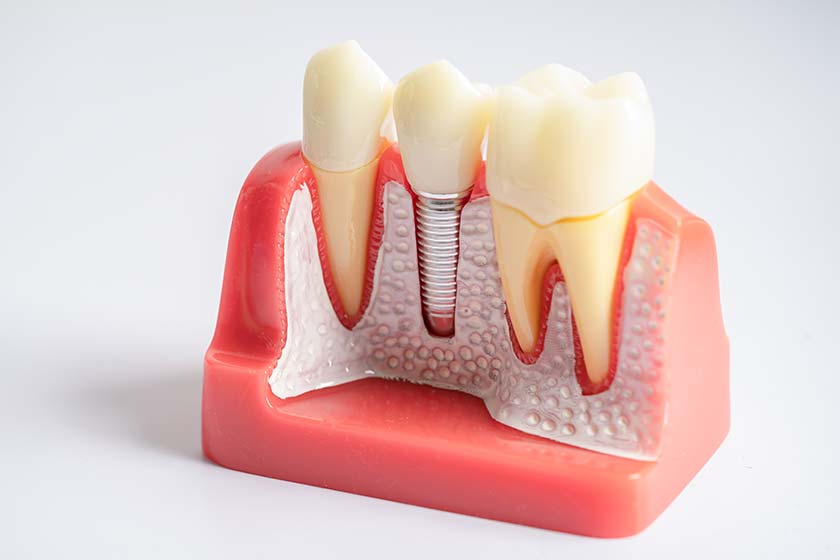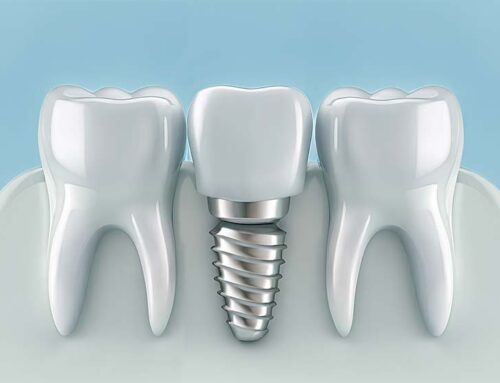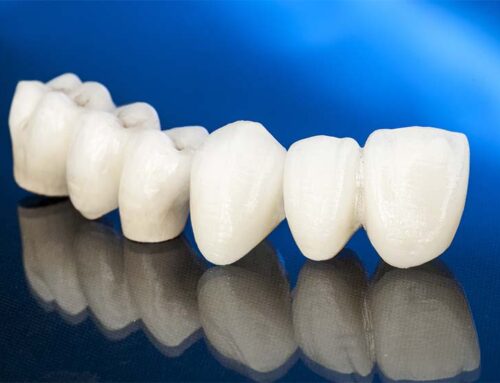Dental implants are one of the most effective and natural-looking solutions for missing teeth. However, in some patients, the jawbone may not have enough volume to support an implant. This raises a common question: “Is a dental implant possible when there is bone loss?”
The short answer is yes — in most cases, it is possible.
Thanks to modern surgical techniques and advanced implant procedures, even patients with low bone density can successfully receive implants.
What Is Bone Loss?
After tooth extraction, the jawbone naturally begins to shrink over time. This happens because the bone is no longer stimulated by chewing forces.
Common causes include:
-
Waiting too long to replace a missing tooth
-
Advanced gum disease (periodontitis)
-
Trauma or infection in the area
-
Long-term use of removable dentures
As a result, there may not be enough bone height or width for an implant. However, this condition can often be corrected.
Treatment Options for Bone Deficiency
When bone volume is insufficient, several techniques can be used to rebuild and strengthen the bone before implant placement.
1. Bone Grafting
Special graft materials (bone powder) are added to the deficient area. Over time, these integrate with the natural bone, creating a solid foundation for the implant. Ideal for mild bone loss.
2. Sinus Lifting
In the upper jaw, especially in the molar area, the sinus cavity can limit available bone height.
The sinus membrane is gently lifted, and bone graft material is placed beneath it to prepare space for an implant.
3. Bone Blocks and PRF Support
For severe bone loss, artificial or autogenous (patient’s own) bone blocks can be used.
Additionally, PRF (Platelet-Rich Fibrin) derived from the patient’s blood can accelerate healing and integration.
Planning and Evaluation
Accurate planning is essential for successful implant treatment in cases of bone deficiency.
This includes:
-
3D tomography (CBCT) for bone assessment
-
Choosing the correct implant size and type
-
Staged surgical planning if necessary
Each case is evaluated according to the patient’s general health and bone quality.
Healing Time and Success Rate
Bone-supported implants may require a longer healing period — usually around 3–6 months for bone integration. However, with proper planning and care, long-term success rates remain above 95%.
Bone deficiency is no longer an obstacle for dental implant treatment. With modern grafting materials, sinus lift techniques, and digital planning, patients with reduced bone volume can still achieve strong and aesthetic results. With proper evaluation by an experienced dentist, the right treatment approach can be tailored for every individual.







Leave A Comment